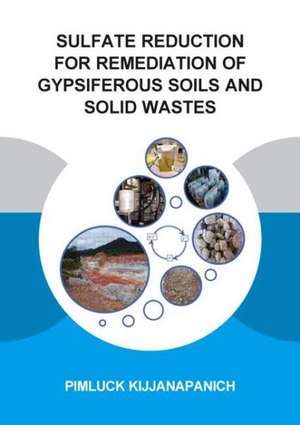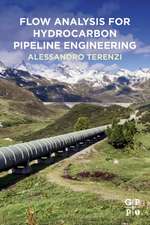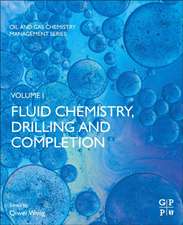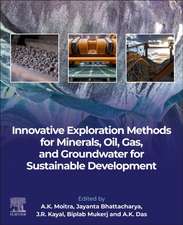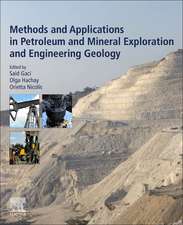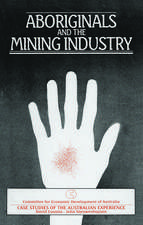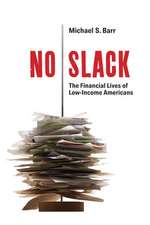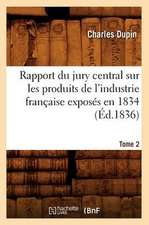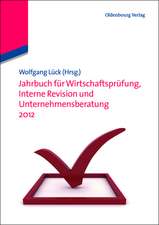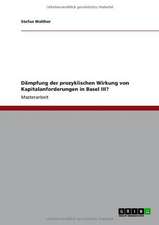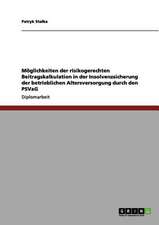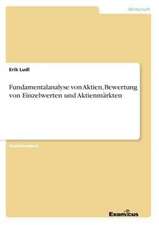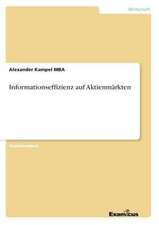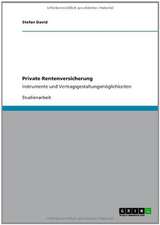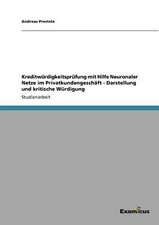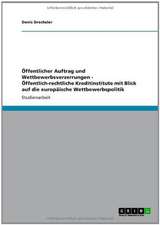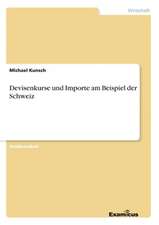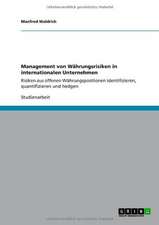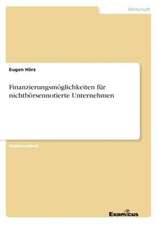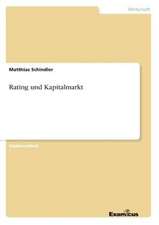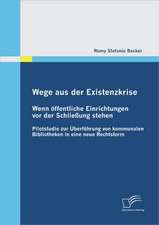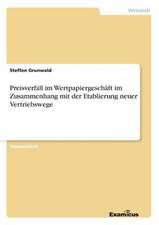Sulfate Reduction for Remediation of Gypsiferous Soils and Solid Wastes: IHE Delft PhD Thesis Series
Autor Pimluck Kijjanapanichen Limba Engleză Paperback – 19 mar 2014
Din seria IHE Delft PhD Thesis Series
-
 Preț: 377.82 lei
Preț: 377.82 lei - 23%
 Preț: 473.10 lei
Preț: 473.10 lei - 23%
 Preț: 257.25 lei
Preț: 257.25 lei - 28%
 Preț: 492.31 lei
Preț: 492.31 lei - 23%
 Preț: 472.25 lei
Preț: 472.25 lei - 16%
 Preț: 322.98 lei
Preț: 322.98 lei - 29%
 Preț: 524.35 lei
Preț: 524.35 lei - 31%
 Preț: 295.46 lei
Preț: 295.46 lei - 22%
 Preț: 399.88 lei
Preț: 399.88 lei - 30%
 Preț: 1015.76 lei
Preț: 1015.76 lei - 17%
 Preț: 268.83 lei
Preț: 268.83 lei - 44%
 Preț: 256.76 lei
Preț: 256.76 lei - 23%
 Preț: 254.47 lei
Preț: 254.47 lei - 25%
 Preț: 339.78 lei
Preț: 339.78 lei - 26%
 Preț: 455.79 lei
Preț: 455.79 lei - 28%
 Preț: 399.06 lei
Preț: 399.06 lei - 27%
 Preț: 427.41 lei
Preț: 427.41 lei - 22%
 Preț: 371.52 lei
Preț: 371.52 lei - 26%
 Preț: 373.21 lei
Preț: 373.21 lei - 26%
 Preț: 328.64 lei
Preț: 328.64 lei - 18%
 Preț: 348.86 lei
Preț: 348.86 lei - 22%
 Preț: 369.82 lei
Preț: 369.82 lei - 18%
 Preț: 174.31 lei
Preț: 174.31 lei - 26%
 Preț: 414.78 lei
Preț: 414.78 lei - 23%
 Preț: 454.94 lei
Preț: 454.94 lei - 27%
 Preț: 315.05 lei
Preț: 315.05 lei - 21%
 Preț: 256.32 lei
Preț: 256.32 lei - 18%
 Preț: 296.68 lei
Preț: 296.68 lei - 22%
 Preț: 353.39 lei
Preț: 353.39 lei - 23%
 Preț: 326.95 lei
Preț: 326.95 lei - 18%
 Preț: 349.36 lei
Preț: 349.36 lei - 28%
 Preț: 366.05 lei
Preț: 366.05 lei - 22%
 Preț: 322.47 lei
Preț: 322.47 lei - 27%
 Preț: 425.74 lei
Preț: 425.74 lei - 22%
 Preț: 211.93 lei
Preț: 211.93 lei - 27%
 Preț: 474.03 lei
Preț: 474.03 lei - 16%
 Preț: 322.98 lei
Preț: 322.98 lei - 27%
 Preț: 367.30 lei
Preț: 367.30 lei - 25%
 Preț: 328.22 lei
Preț: 328.22 lei - 23%
 Preț: 350.43 lei
Preț: 350.43 lei - 25%
 Preț: 472.25 lei
Preț: 472.25 lei - 28%
 Preț: 498.58 lei
Preț: 498.58 lei - 28%
 Preț: 349.59 lei
Preț: 349.59 lei - 24%
 Preț: 163.04 lei
Preț: 163.04 lei - 13%
 Preț: 350.29 lei
Preț: 350.29 lei - 28%
 Preț: 550.16 lei
Preț: 550.16 lei - 25%
 Preț: 552.62 lei
Preț: 552.62 lei - 23%
 Preț: 384.59 lei
Preț: 384.59 lei - 20%
 Preț: 177.00 lei
Preț: 177.00 lei
Preț: 322.01 lei
Preț vechi: 370.03 lei
-13% Nou
Puncte Express: 483
Preț estimativ în valută:
61.62€ • 64.10$ • 50.87£
61.62€ • 64.10$ • 50.87£
Carte tipărită la comandă
Livrare economică 14-28 aprilie
Preluare comenzi: 021 569.72.76
Specificații
ISBN-13: 9781138015357
ISBN-10: 1138015350
Pagini: 166
Dimensiuni: 174 x 246 x 13 mm
Greutate: 0.29 kg
Ediția:New.
Editura: CRC Press
Colecția CRC Press
Seria IHE Delft PhD Thesis Series
Locul publicării:Boca Raton, United States
ISBN-10: 1138015350
Pagini: 166
Dimensiuni: 174 x 246 x 13 mm
Greutate: 0.29 kg
Ediția:New.
Editura: CRC Press
Colecția CRC Press
Seria IHE Delft PhD Thesis Series
Locul publicării:Boca Raton, United States
Public țintă
PostgraduateCuprins
1. Introduction
2. Biological sulfate reduction for treatment of gypsum contaminated soils, sediments and solid wastes
3. Organic substrates as electron donors in permeable reactive barriers for removal of heavy metals from acid mine drainage
4. Use of organic substrates as electron donors for biological sulfate reduction in gypsiferous mine soils from Nakhon Si Thammarat (Thailand)
5. Biological sulfate removal from gypsum contaminated construction and demolition debris
6. Biological sulfate removal from construction and demolition debris leachate: Effect of bioreactor configuration
7. Chemical sulfate removal for treatment of construction and demolition debris leachate
8. Spontaneous electrochemical treatment for sulfur recovery from the effluent of sulfate reducing bioreactor
9. Biological sulfate removal for gypsiferous soils and solid wastes remediation
2. Biological sulfate reduction for treatment of gypsum contaminated soils, sediments and solid wastes
3. Organic substrates as electron donors in permeable reactive barriers for removal of heavy metals from acid mine drainage
4. Use of organic substrates as electron donors for biological sulfate reduction in gypsiferous mine soils from Nakhon Si Thammarat (Thailand)
5. Biological sulfate removal from gypsum contaminated construction and demolition debris
6. Biological sulfate removal from construction and demolition debris leachate: Effect of bioreactor configuration
7. Chemical sulfate removal for treatment of construction and demolition debris leachate
8. Spontaneous electrochemical treatment for sulfur recovery from the effluent of sulfate reducing bioreactor
9. Biological sulfate removal for gypsiferous soils and solid wastes remediation
Descriere
Construction and demolition debris (CDD) and gypsiferous soils contain elevated concentrations of sulfate which can cause several environmental and agricultural problems. Reduction of the sulfate content of CDD and gypsiferous soils is an option to overcome these problems. This study aimed to develop sulfate removal systems either by biological or chemical processes to reduce the sulfate content of CDD and gypsiferous soils in order to decrease the amount of solid wastes and to improve the quality of CDD and soils for recycling purposes or agricultural applications. The treatment concept leaches the gypsum contained in the CDD by water. The sulfate containing leachate is further treated and reused in the leaching step. A mixture of cheap organic materials can be utilized as electron donor for the biological sulfate reduction step, especially in gypsiferous soils treatment. The sulfide containing effluent from the bioreactor can be removed by electrochemical sulfide oxidation system.
